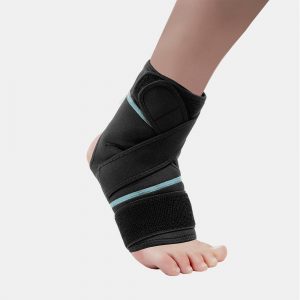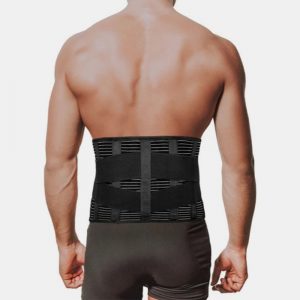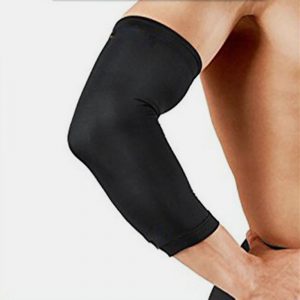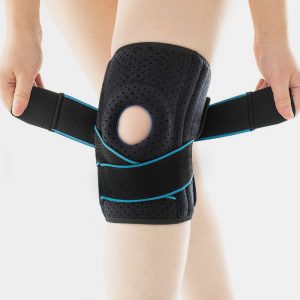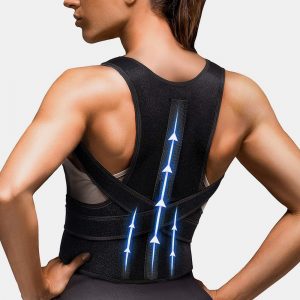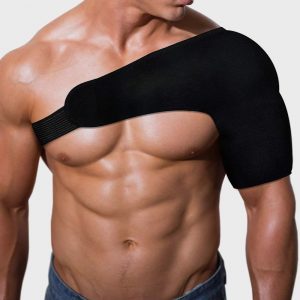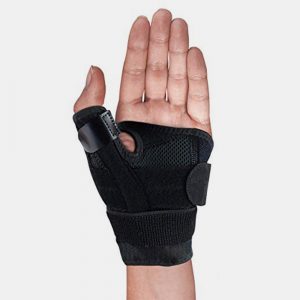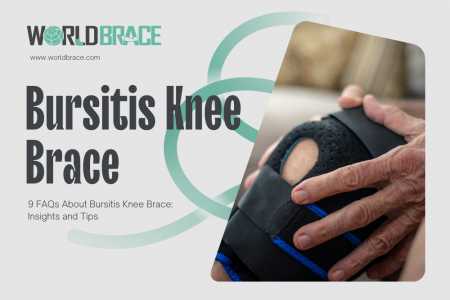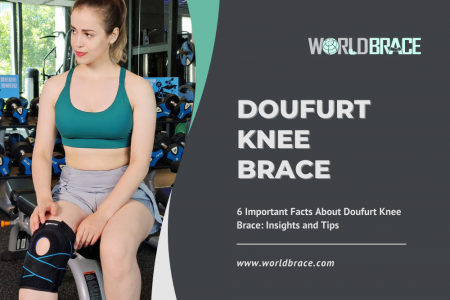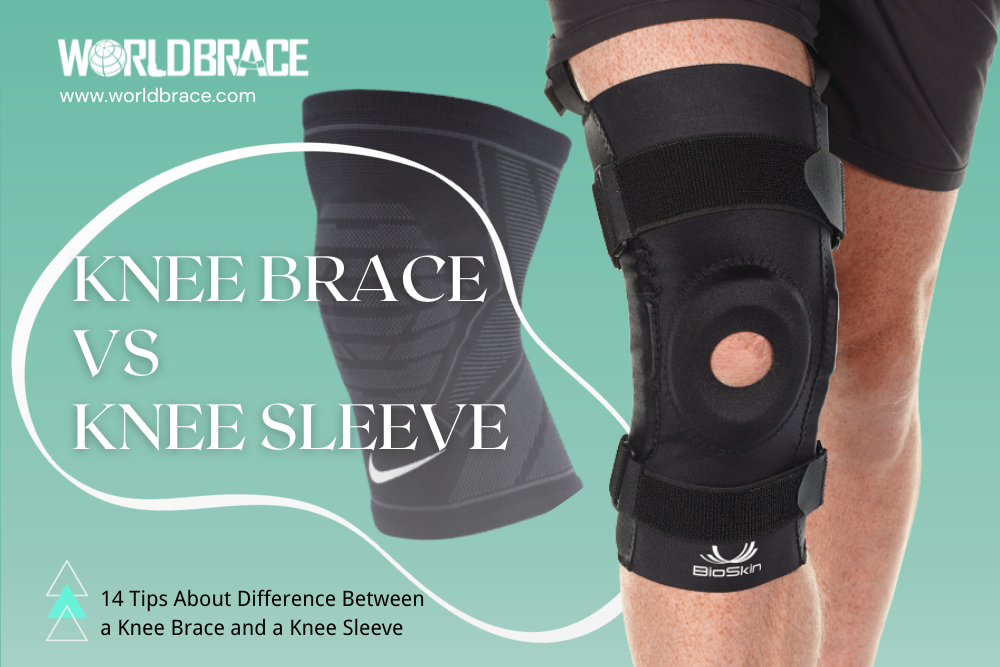
Introduction and Understanding the Basics
When it comes to knee support, understanding the fundamental differences between knee braces and knee sleeves is essential. Knee braces are typically designed to provide more substantial support, often with adjustable straps and rigid materials. They are ideal for individuals recovering from serious injuries or those with chronic instability. Knee sleeves, on the other hand, are made from softer, elastic materials and are primarily designed to offer compression and mild support. They are popular among athletes for preventive measures and for managing minor pain or discomfort.
Knee braces are recommended for post-injury rehabilitation and conditions like ligament tears, while knee sleeves are more for preventive use during physical activities. Knowing this distinction will help you make an informed choice based on your specific needs.
Choosing the Right Support
Selecting the appropriate knee support gear involves considering your unique circumstances. If you’re recovering from a severe injury, consult with a healthcare professional who can provide guidance on whether a knee brace is necessary. They can also assist in choosing the right type and fit for your condition.
If you’re an athlete or simply looking to prevent injuries during activities, knee sleeves might be sufficient. However, consider the intensity and frequency of your activities; for high-impact sports, a knee brace could provide more comprehensive protection. Always ensure a proper fit for optimal performance and comfort.
Expert Recommendations
Sometimes, it’s wise to seek advice from specialists. If you’re unsure about the severity of your knee issues or which support gear to choose, consult with an orthopedic doctor or a sports medicine expert. They can conduct assessments and recommend the most suitable solution tailored to your condition. Remember, expert guidance can prevent further damage and speed up your recovery process.
Benefits and Limitations
Each option comes with its set of advantages and limitations. Knee braces offer excellent stability but can be bulkier and less comfortable for extended use. Knee sleeves are lightweight and comfortable, making them ideal for prolonged wear, but they may not provide adequate support for severe injuries. Weigh these factors against your specific needs to make an informed decision.
Maintenance and Care
Proper care and maintenance are crucial to ensure the longevity and effectiveness of your knee support gear. Both knee braces and knee sleeves should be cleaned regularly to prevent the buildup of sweat and bacteria. Follow the manufacturer’s instructions for washing and storage to prevent wear and tear.
Understanding the differences between knee braces and knee sleeves, assessing your needs, seeking expert advice when necessary, and considering the pros and cons will help you make the right choice for your knee support needs. Remember that the goal is to protect your knees and keep them healthy, so choose wisely and care for your gear to ensure it serves you well.
Ease of Use
One significant factor to consider is the ease of use. Knee sleeves are straightforward to put on and take off, making them a hassle-free option for those who need quick support during physical activities. Knee braces, on the other hand, may require more time and effort to adjust properly, especially if they come with multiple straps and adjustments. However, this added complexity can offer a higher level of customization and support.
Durability and Longevity
When choosing knee support, think about the long-term value. Knee braces, being sturdier and made of more durable materials, tend to have a longer lifespan compared to knee sleeves. If you’re planning to use your support gear frequently or for an extended period, investing in a high-quality knee brace might be a better choice in terms of durability.
Comfort and Breathability
Comfort is paramount when it comes to knee support, especially if you plan to wear it for extended periods. Knee sleeves, typically made from breathable and elastic materials, offer excellent comfort and ventilation. They allow your skin to breathe and wick away sweat. Knee braces, while providing robust support, may feel less comfortable for all-day wear due to their bulkier design and limited breathability. Consider your comfort needs and the climate in which you’ll be using your support gear.
Cost Considerations
Cost is another significant factor in the knee brace vs. knee sleeve debate. Knee sleeves are generally more affordable than knee braces, making them a cost-effective option for preventive measures and minor support needs. Knee braces, with their advanced features and materials, tend to be pricier. Consider your budget and the level of support required to make an informed decision.
User Feedback and Reviews
Before making your final choice, it’s beneficial to research user feedback and product reviews. Online platforms and forums often feature experiences shared by individuals who have used both knee braces and knee sleeves. Their insights can provide valuable guidance and help you understand how each option performs in real-life situations. Keep in mind that personal preferences and needs may vary, so consider multiple sources of feedback to make an informed decision.
Performance During Activities
For those who lead active lifestyles, it’s crucial to consider how knee support gear may impact your performance. Knee sleeves offer a balance between support and mobility, making them a preferred choice for athletes engaged in sports that require flexibility. Knee braces, while providing robust support, may limit your range of motion. Evaluate how each option affects your performance in your specific activities.
Sizing and Fit
Ensuring the right fit is essential for the effectiveness of your knee support gear. Knee sleeves are typically available in various sizes and are chosen based on measurements like the circumference of your knee. Knee braces may require more precise fitting, especially if they come with adjustable straps. Follow the manufacturer’s sizing guidelines carefully to achieve the best fit for optimal support and comfort.
Combining Support Options
In some cases, individuals with more severe knee issues may consider using both knee braces and knee sleeves simultaneously. This combination can provide extra stability and compression. However, it’s essential to consult with a healthcare professional before doing so to ensure that the combined use is appropriate for your specific condition.
Customization Features
Some knee braces come with advanced customization options, such as adjustable hinges or straps. These features allow you to fine-tune the level of support you receive. Knee sleeves, while providing compression, may have limited customization options. Consider whether customization is necessary for your unique needs when making your choice.
Lifestyle Considerations
Finally, think about how knee support gear fits into your daily routine. Knee sleeves are often more convenient for everyday use due to their lightweight and comfortable design. Knee braces may require more effort to put on and may not be suitable for extended periods of sitting. Assess your lifestyle and the demands of your daily activities to ensure that your choice aligns with your practical needs.
Conclusion
In conclusion, the decision between a knee brace and a knee sleeve should be based on a careful assessment of your individual needs, preferences, and circumstances. Understanding the fundamental differences between these two types of knee support is the first step in making an informed choice.
Knee braces are typically recommended for individuals recovering from significant injuries or dealing with chronic instability. They offer robust support and customization options but may be bulkier and less breathable, making them suitable for specific situations.
Knee sleeves, on the other hand, are designed for preventive measures, managing minor discomfort, and enhancing performance during physical activities. They are lightweight, comfortable, and breathable, making them suitable for extended use.
Consider factors like the severity of your knee issues, ease of use, durability, comfort, cost, and user feedback when making your decision. Consulting with a healthcare professional for personalized advice is also crucial, especially if you have a pre-existing knee condition or are recovering from an injury.
Ultimately, the right choice between a knee brace and a knee sleeve should align with your goals, whether it’s injury prevention, post-injury rehabilitation, or improved performance. Remember that maintaining and caring for your chosen knee support gear is essential to ensure its longevity and effectiveness.
When looking for options you can trust, think about makers and suppliers like WorldBrace, a well-known brand from China that makes high-quality knee braces that are great for helping people with osteoarthritis. WorldBrace stands out in the market because it is dedicated to quality and new ideas.
By carefully evaluating your unique needs and considering the factors outlined in this article, you can make an informed decision that will help you protect and support your knees effectively in various situations.

